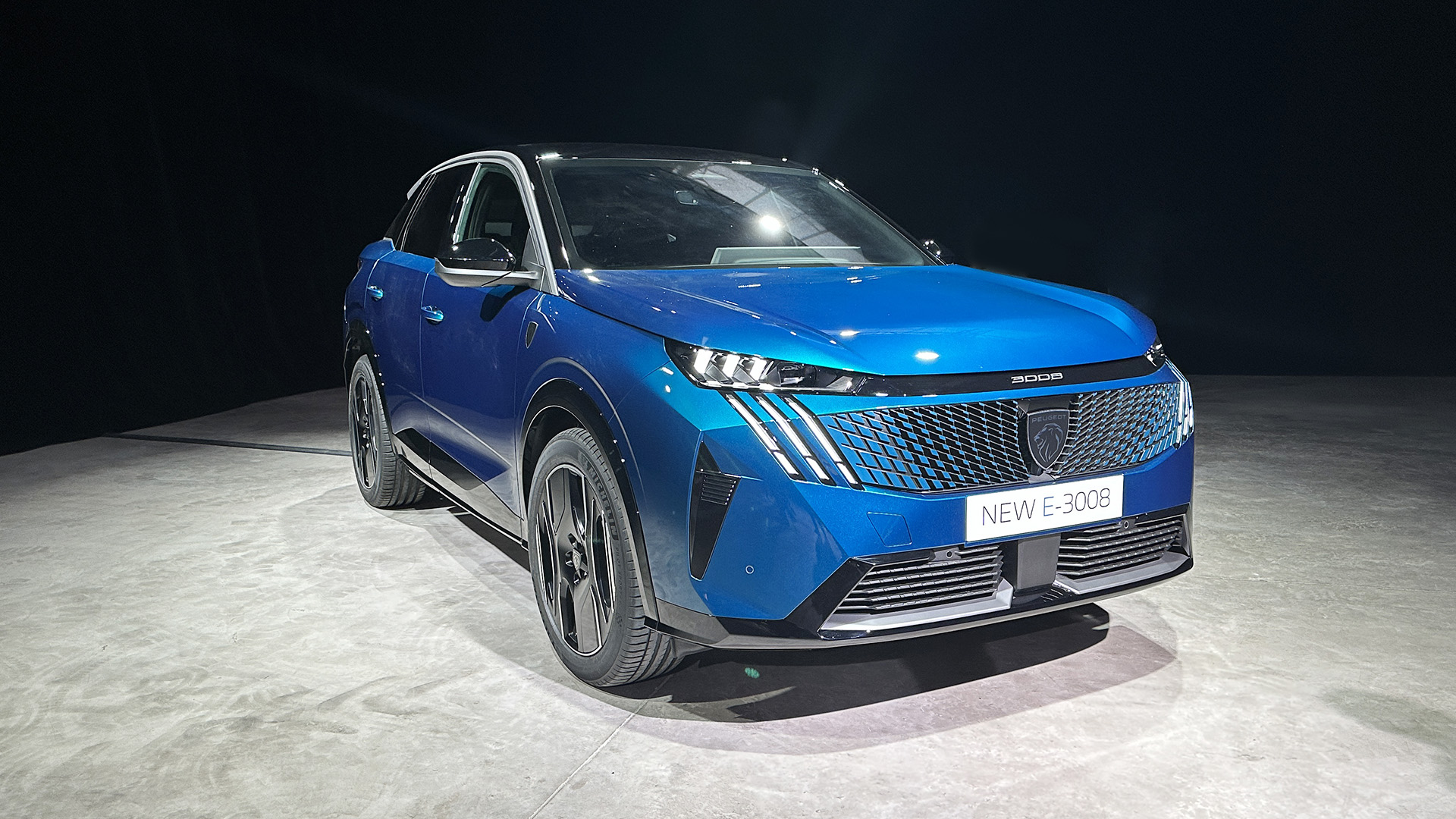

The Peugeot E-3008 combines the best of two worlds. This third-generation SUV crossover model is an established ICE model turned electric. However, as it uses a brand new platform the internals have been completely redesigned for electric use, rather than being a simple engine swap.
Electric versions of existing models give brand-loyal customers some reassurance when making their first move to an electric vehicle. While the use of a dedicated electric platform, like this one from Stellantis, means that the car is optimised for electric power.
The result is something that not only looks great but also offers the best range in its class – and one of the best in EVs generally. The larger 98kWh battery E-3008 promises a range of up to 700km (or 434 miles). That’s certainly enough to not worry about finding electric chargers. Even the smaller 73kWh battery will deliver 525km (326 miles).
There are a few design changes for the third generation of the 3008 that raise the profile of this car. Designed in France and built in its factory in Sochaux, Peugeot talk of this flagship model of having an allure, and you can certainly see that in the changes.
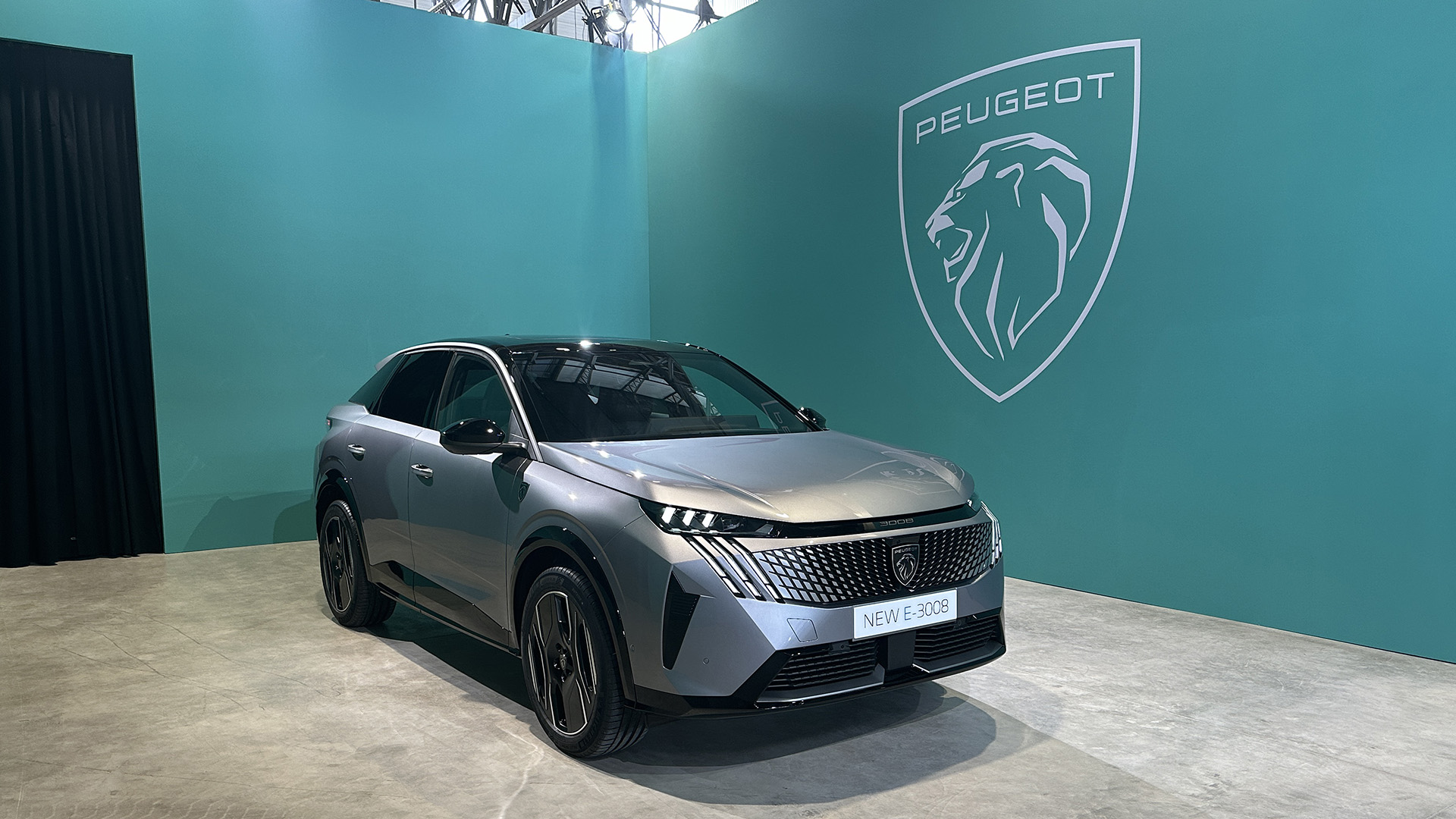
Firstly on the exterior, the grill blends neatly into the bumper and sports a mosaic-like pattern that could pass for a cat’s whiskers. Meanwhile three LED strips sit under each of the main headlights, representing those animal claw marks. This is mirrored on the back headlights, with the main lights forming three LED tears in the bodywork.
Window seals are pretty much invisible around any of the 3008’s windows, while the back section of the rear windows are so dark they blend seemlessly into the rear pillars. This swoops down to the boot, forming that sporty looking rear. There’s also large badging in the centre, showing off the E-3008 model name.
It’s on the inside of the E-3008 though where you really notice the difference in this new model. While the last generation looked pretty modern, the i-cockpit design for the driver looks as advanced as some of the fanciest EVs on the market. The drivers info display and the central screen have been combined to form a single floating 21-inch display that runs from behind the wheel towards the centre, like some kind of spacecraft design.
Sign up to the T3 newsletter for smarter living straight to your inbox
Get all the latest news, reviews, deals and buying guides on gorgeous tech, home and active products from the T3 experts
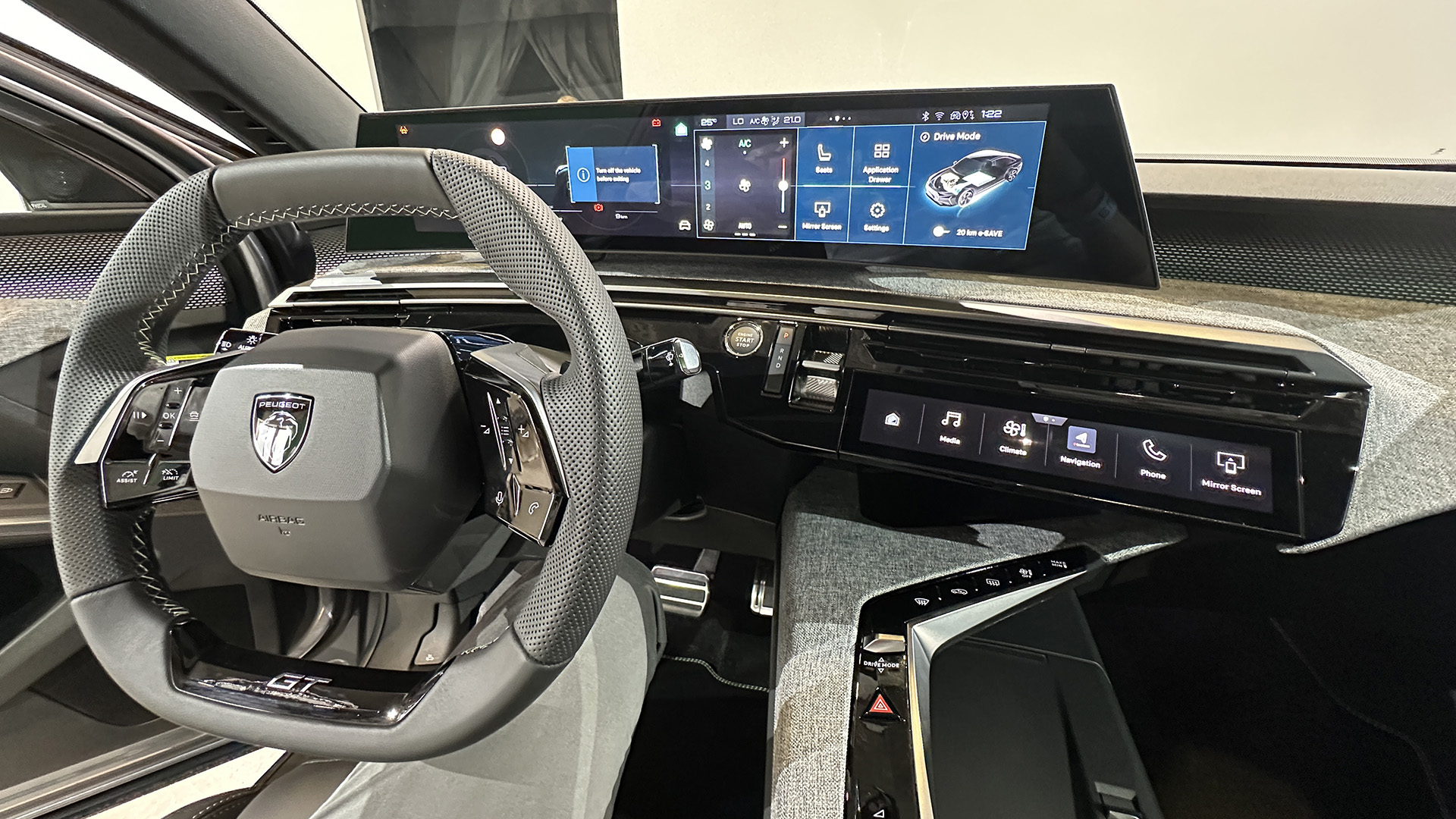
The ultrawide screen (measuring 4800 x 720 pixels) works like two independent displays, with the left half showing the vehicle dynamics and the right half showing the infotainment, navigation and menus. This has a similar effect to BMW’s ultra-wide display, but that is actually two displays next to each other, where as Peugeot says this is a single unit.
The driver side of the display can be customised between a few different options, while the infotainment section is a touchscreen panel that can show everything from your navigation through to a range of apps, through the dedicated app store. You can also mirror your phone’s display and use both Android Auto and Apple CarPlay instead.
A secondary screen sits lower on the second console and provides a customisable selection of buttons on the touchscreen. This is supplemented by physical buttons below for some of the main climate controls. Like the buttons on the steering wheel, these physically move, rather than providing any kind of haptic feedback. It’s a shame there’s no head-up display option on the E-3008, but the screens are well positioned for easy viewing.
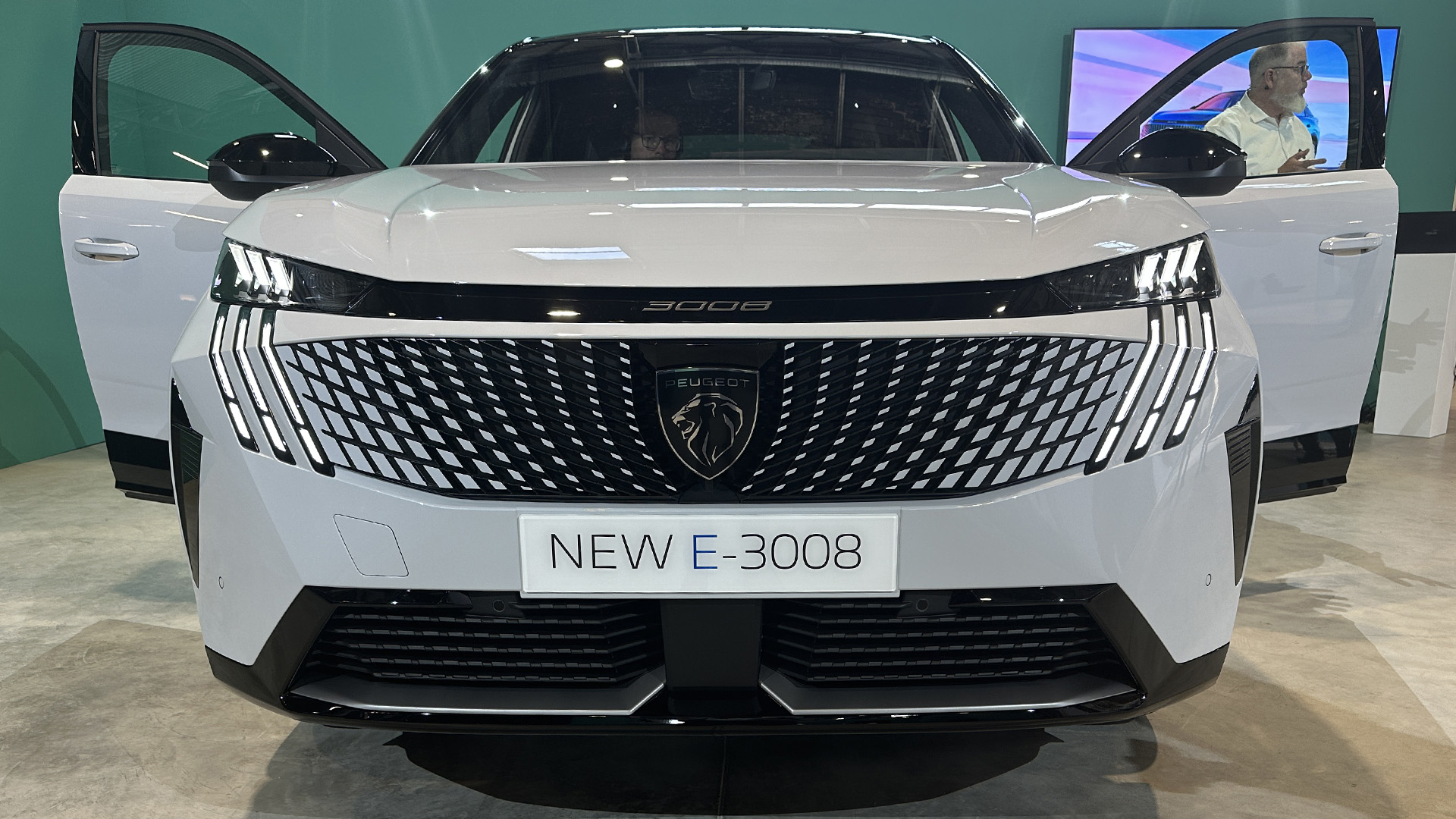
The interior is otherwise modern and clean, using a fabric finish over the dash and centre console rather than a black lacquer. There are also areas of brushed aluminium that have ambient lights projected onto them – the colour of which can be changed via the menu screen.
The E-3008 comes in a choice of six paint colours, including the standard option of what it calls Obsession Blue – an almost two-tone effect pain that looks impressive – a white, a black and three shades of grey. It also comes in two trim levels – Allure and GT – and three option packs.
As mentioned there are two battery options, a standard 78kWh which delivers 525km (326 miles) range and a long-range 98kWh battery that gives you 700km (434 miles). There are also single motor front wheel drive dual motor all-wheel drive options, delivering between 210 and 320 mechanical horsepower. That doesn’t sound particularly fast, but this is a short wheel-based model, and is likely to be considerably lighter than a lot of big SUVs on the market. It is also why it is able to offer such impressive range figures. The efficiency is stated as 13.9kWh / 100km or 4.46 miles per kWh.
The STLA M platform is a 400 Volt system and offers a more conservative maximum DC charging speed of 160kW. That’s still enough to charge the car from 20-80% in around 30 mins according to Peugeot.
While pricing for the E-3008 is still to be confirmed, Peugeot is comparing it with EVs such as the VW ID.5, Kia EV6 and Tesla Model Y. With that in mind, I’d expect a starting price of around £45k / $45k. While models are already being produced at the factory, full production is set to begin in November 2023, with a commercial launch in February 2024.
Peugeot plans to release five new EVs by the end of 2024, taking the range up to 12 electric vehicles, including nine passenger cars. There’s an expected E-5008 in the mix too, which would be a larger offering than the E-3008, though not a seven seater, like the current 5008.
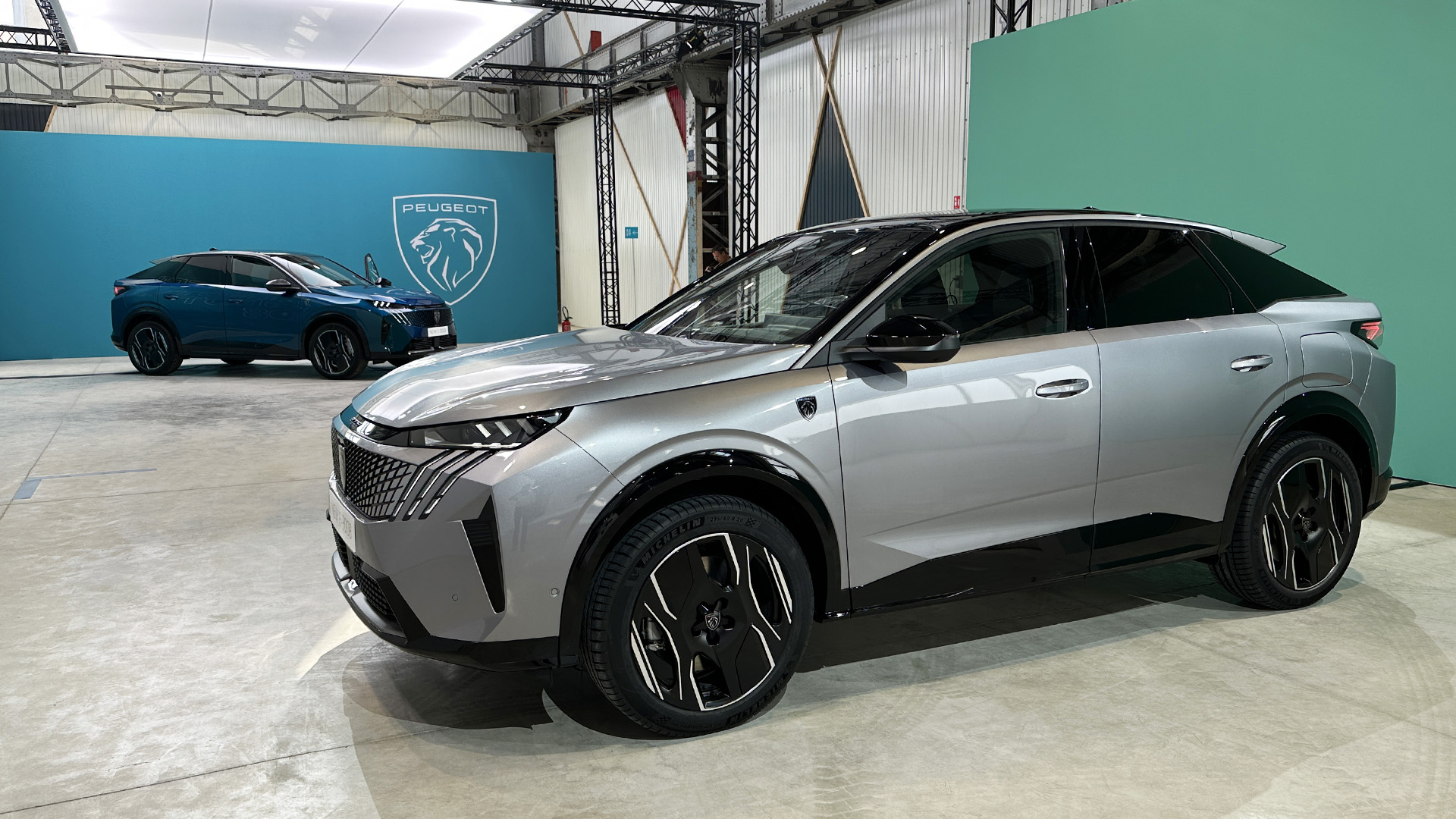

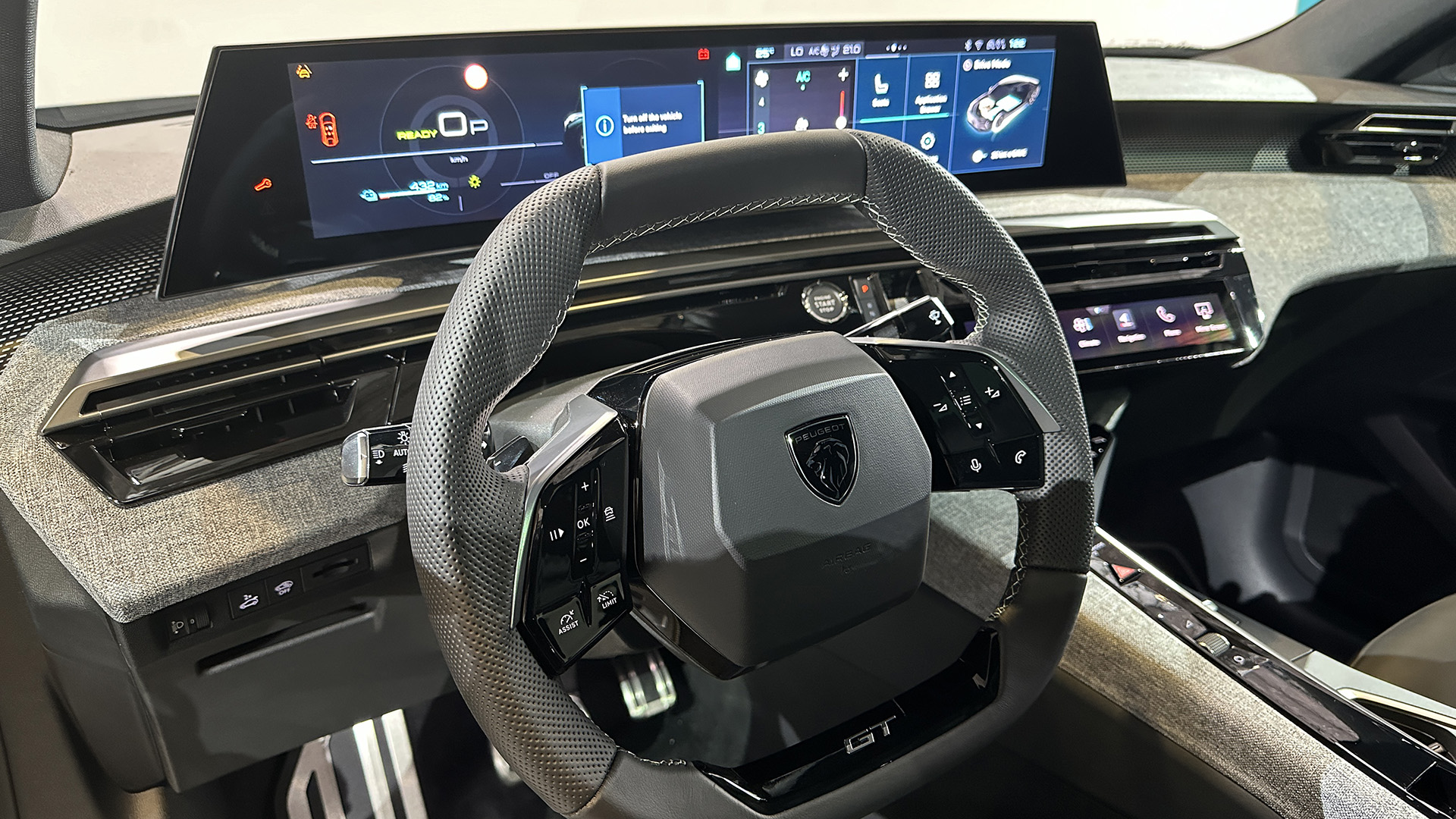
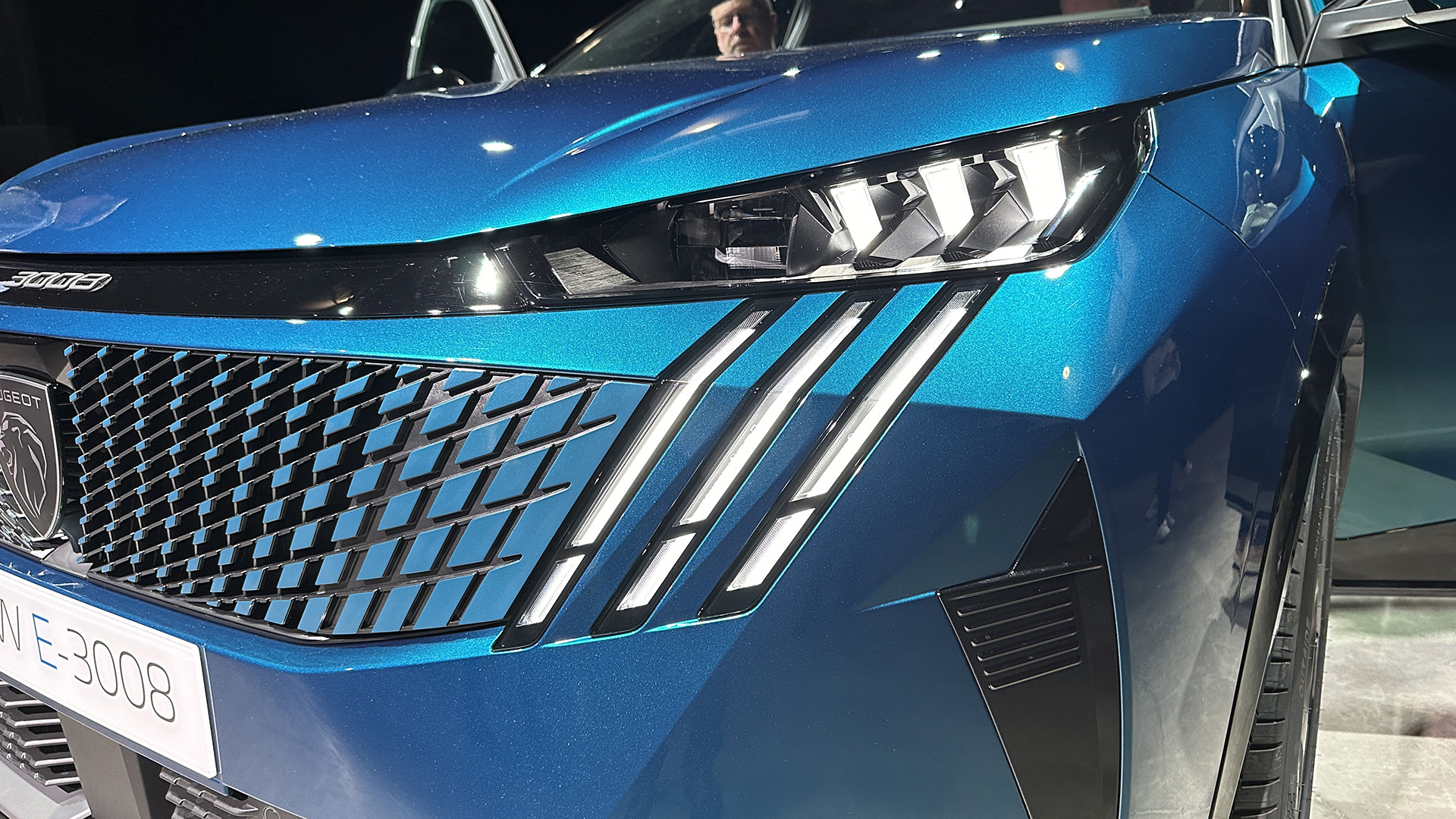
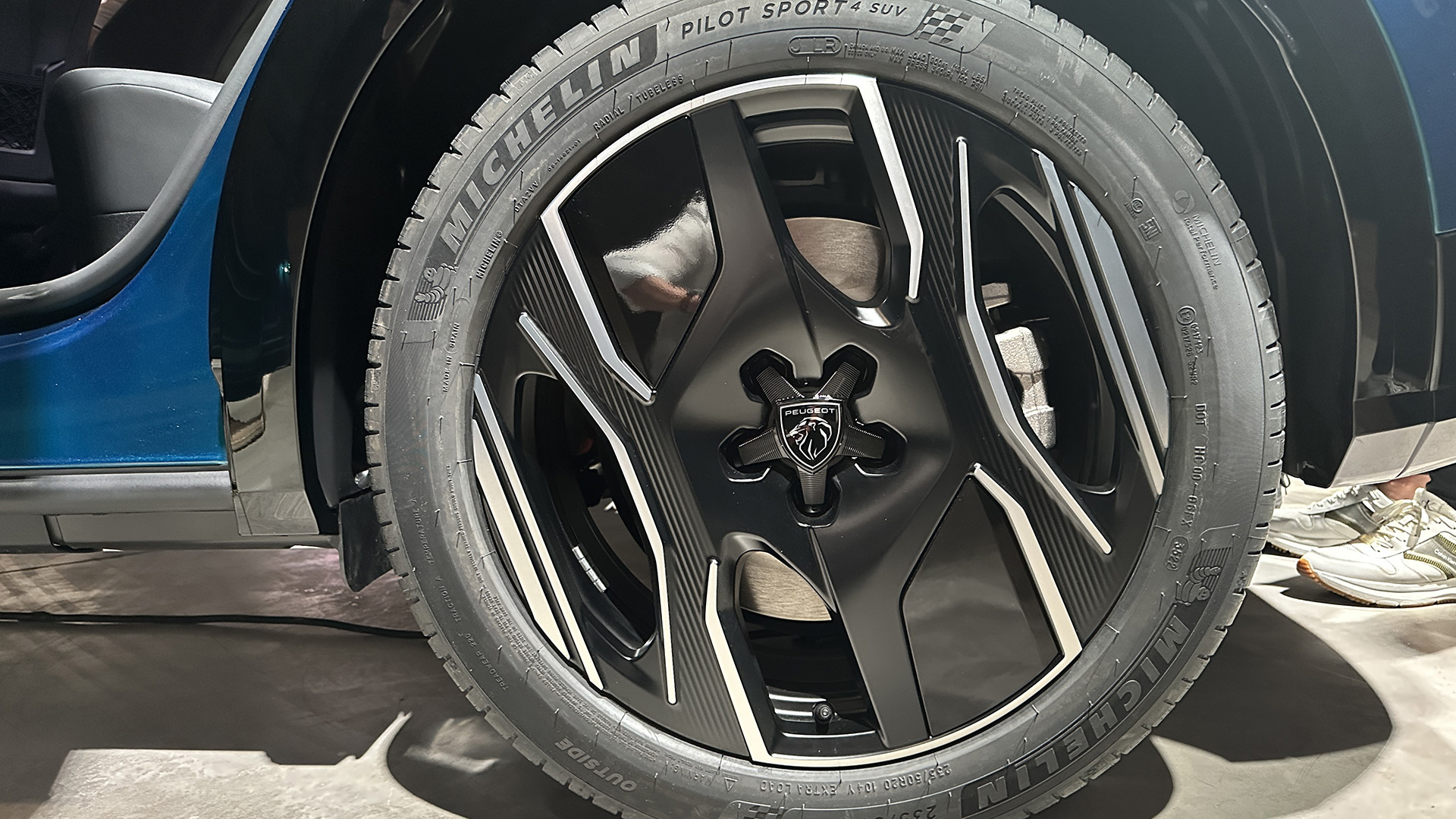
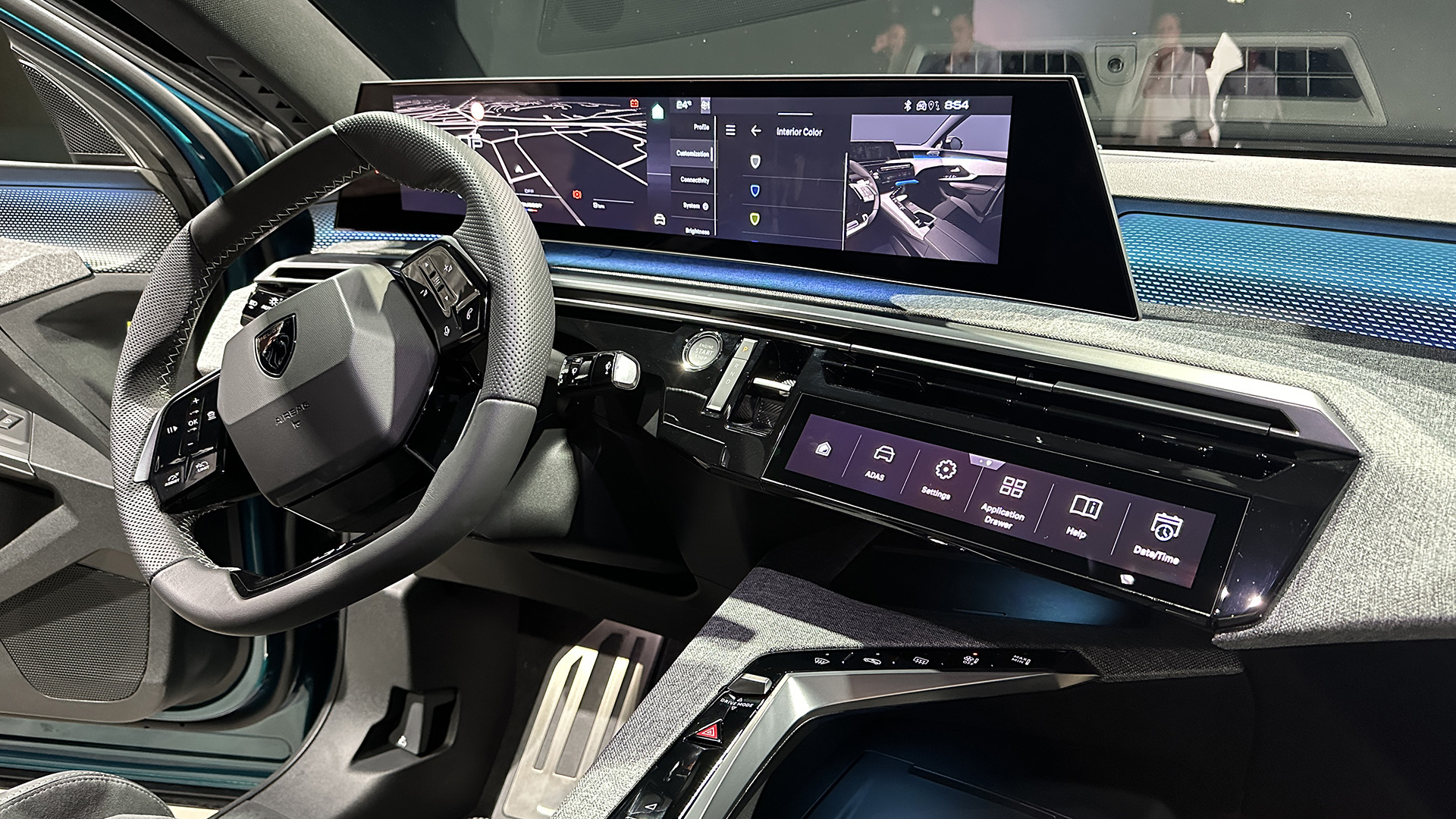
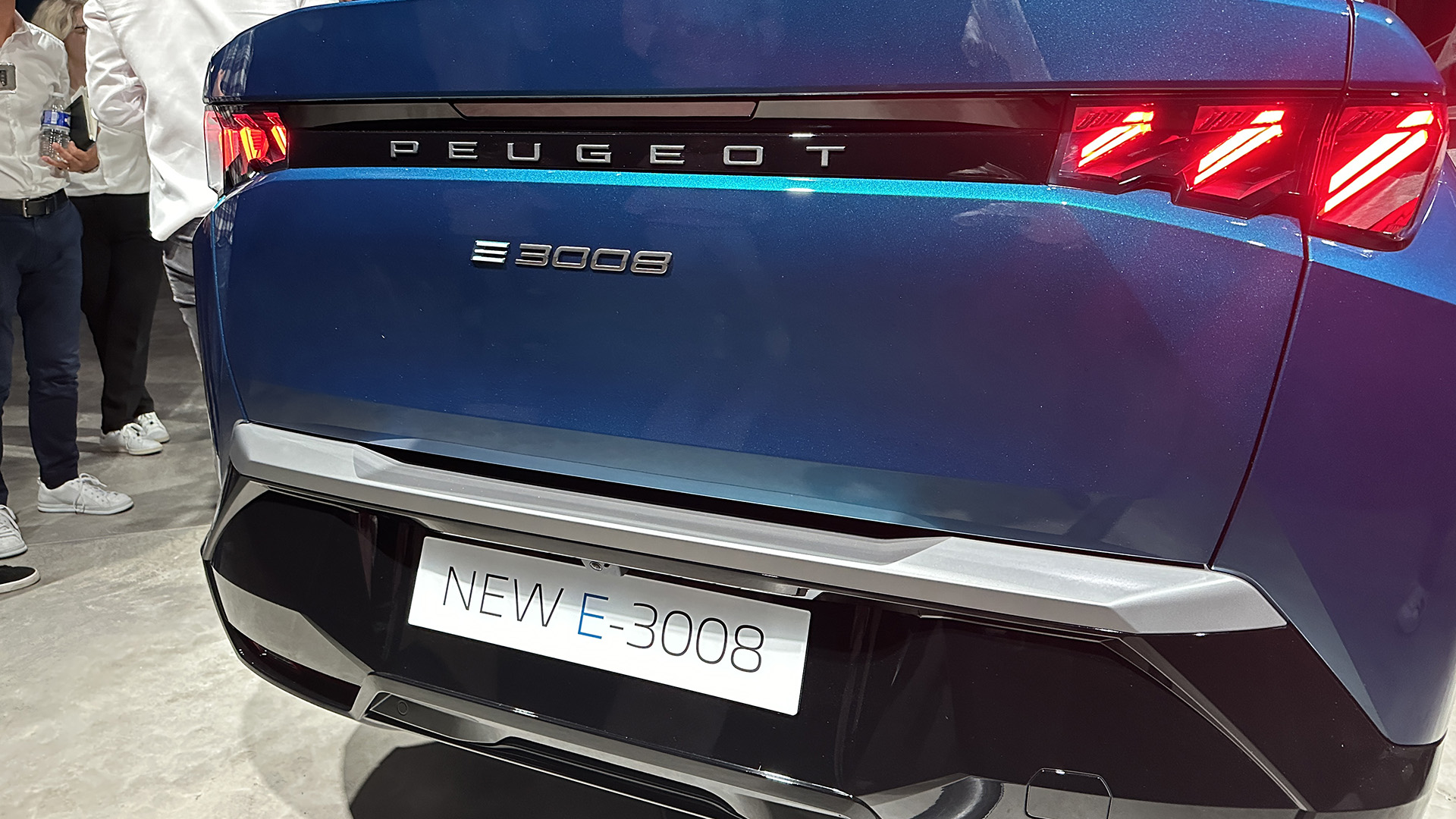



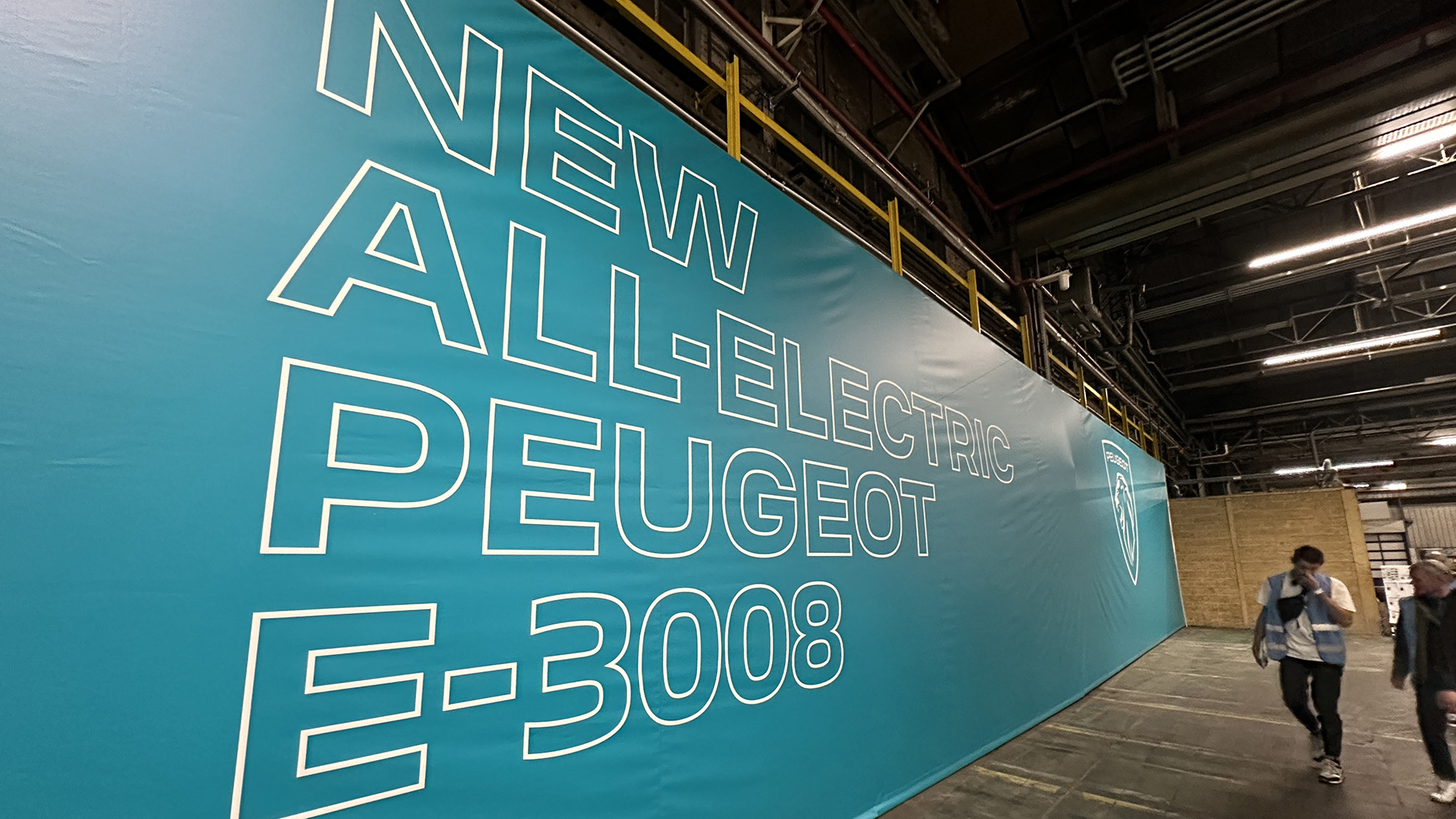
As T3's Editor-in-Chief, Mat Gallagher has his finger on the pulse for the latest advances in technology. He has written about technology since 2003 and after stints in Beijing, Hong Kong and Chicago is now based in the UK. He’s a true lover of gadgets, but especially anything that involves cameras, Apple, electric cars, musical instruments or travel.

